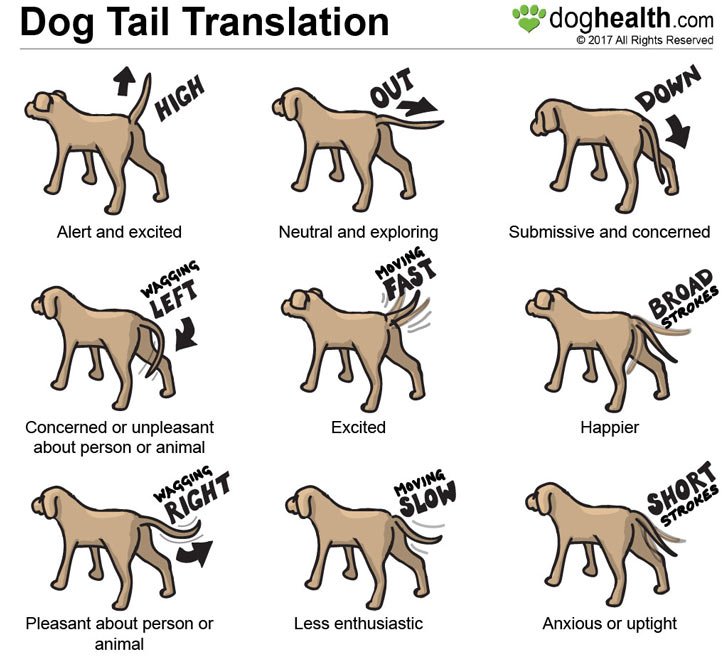And so it begins…
With both you and your new puppy are excited, taking your puppy home is stressful for both of you. We aim to alleviate some of that anxiety and answer some of the common questions we receive about those first few months. I am sure we don’t have a complete list of tips and tricks that fits every situation but we are always learning as well! Our goal is for the partnership between you and your dog to be successful.
Here is a quick checklist of things that may happen with your puppy. They are not unusual:
Eat cat food (it is like crack to them)
Bark at unfamiliar other animals
Hide in a dark, low place
Cry for the first couple nights
Chew
Have accidents in the house
Get car sick
Eat poop
Chase another animal if not properly introduced and supervised
Bite/Nip (especially when teething)
Poop out worm fragments (we worm them a few days before they go home so sometimes dead worms are visible. This is a good thing!
Please remember that this breed:
Is incredibly intelligent
Should be spayed/neutered usually between 6-8 months
Need to be groomed regularly
Loves to learn new things
The First Few Days
You have just rocked this puppy’s world. Imagine that you are taking a toddler and putting it on the subway alone. That would freak that kid out! Well, that is similar to how the puppy feels in the beginning. Everything that the puppy knows as comfortable including other dogs, people, landscape, den, scents, etc, are gone. There are new people, dogs, beds, toys, fences, noises, smells, etc, and the puppy will adjust but some do it quicker than others. Patience and consistency are the keys to getting through this transition.
start off on the right foot
Contain the pup either in a dog run or other safe fenced area. The puppy does not yet know that this is its new home so you have to make sure it doesn’t find a way out.
Give the puppy a meaty bone or antler to distract and keep him busy when he is feeling anxious.
Give the puppy the towel we sent some that has Mom’s scent on it. This helps relieve some of the anxiety as well.
Give pup plenty of exercise before crating or locking in the kennel for the night. This way puppy is exhausted and will sleep better.
Train your puppy to be comfortable in a crate as soon as possible. Even if you aren’t planning on using one regularly, it is good for the puppy to know what it is and can use it when/if needed.
Get your puppy used to a collar and walking on a leash without pulling.
Begin potty training right away. A general rule of thumb is that a puppy can hold its bladder for as many months as it is old. (Example: 3 month old puppy can hold his bladder for 3 hours)
Take food and water away 2 hours before bed. Allow puppy the chance to go potty one more time before going to bed for the night.
Vaccinations
We administer the Spectra 5 vaccination to the puppies at 6 weeks old. This is a basic vaccine that covers the most important ones that most people prefer. If you would prefer a vaccination with other antigens in it, you can simply talk to your vet at your first visit and they can give you advice on how to proceed.
Microchips
We have partnered with Fi Nano to microchip all of our puppies before they go home. Have the peace of mind knowing that if for some unforeseeable reason your pet is lost, whoever finds your dog can have the microchip scanned and contact you. The microchip is included in your purchase price and there is no fee to keep the microchip active. It is quick and easy to transfer the puppy’s microchip information to you as the new owner. We automatically are always attached to the microchip as the breeder in case you cannot be reached. The instructions to claim the puppy’s microchip are listed below. If you have any trouble, please don’t hesitate to contact us.
Tails and Dewclaws
Tails - We do not dock our puppies’ tails and therefore leave them intact. Besides the fact that we prefer them and we have found that 99% off our customers prefer them as well, docking a dog’s tail can make it more difficult to read its body language. Dogs can communicate a lot of information through how they are holding their tails or how the tail is moving. See the graphic below.
Dewclaws - We also do not remove the dewclaws. Historically, the removal of dewclaws has been more of a act of convenience for the owner so when a dog is getting groomed, nobody has to worry about accidently “catching” a dewclaw or to enhance the appearance of the dog in the showring. The dew claw is attached to five different tendons that attach to the wrist bone. When they are removed, it causes twisting in the wrist as the dewclaw would have normally been used to support these movements. Those tendons that are cut are now also not as strong around the wrist which can lead to injury and lameness.
Need to get ready and have supplies for your puppy? We frequently have people asking what they need so we have put together a page of Resources and a New Puppy Checklist so that you can look through our suggestions and choose what is right for your situation. If you are unsure, please don’t hesitate to ask!






